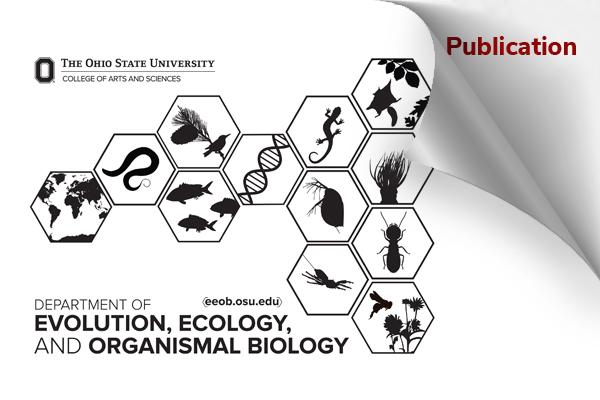EEOB Publication - Mouton

An island bird community retains anti-predator behavior toward a locally extinct nest predator
James C Mouton, Peter Larramendy, Scott A Morrison, Cameron K Ghalambor, T Scott Sillett. Behavioral Ecology, araf020, doi.org/10.1093/beheco/araf020
Abstract
Predator reintroductions are an important tool for conserving vulnerable species and restoring natural communities but can lead to unintended consequences if prey have lost appropriate anti-predator behaviors. We provide experimental evidence that 11 bird species on Santa Rosa Island, California retain anti-predator behavior toward a locally extirpated nest predator, Aphelocoma insularis (Island Scrub-Jay) that has been extinct for > 100 years and has been proposed for reintroduction. Our experimental test of prey naivete compared the species’ behavioral responses within and across islands to taxidermic models and vocalizations of Aphelocoma jays, a familiar nest predator (Corvus corax, common raven), a novel species, (Scolopax minor, American woodcock) and a control (Haemorhous mexicanus, house finch). We show that anti-predator behavior toward jays was similar to behaviors directed toward the familiar nest predator. Moreover, anti-predator behavior toward jays did not differ between Santa Rosa Island and Santa Cruz Island, where the jay is currently a single-island endemic. Species with lower annual fecundity were more likely to respond to all experimental treatments. Our results demonstrate the retention of anti-predator behavior on Santa Rosa Island for at least a century after the extinction of a native predator and highlight a cost-effective approach for evaluating prey naivete and the risk of predator translocations in other contexts.
